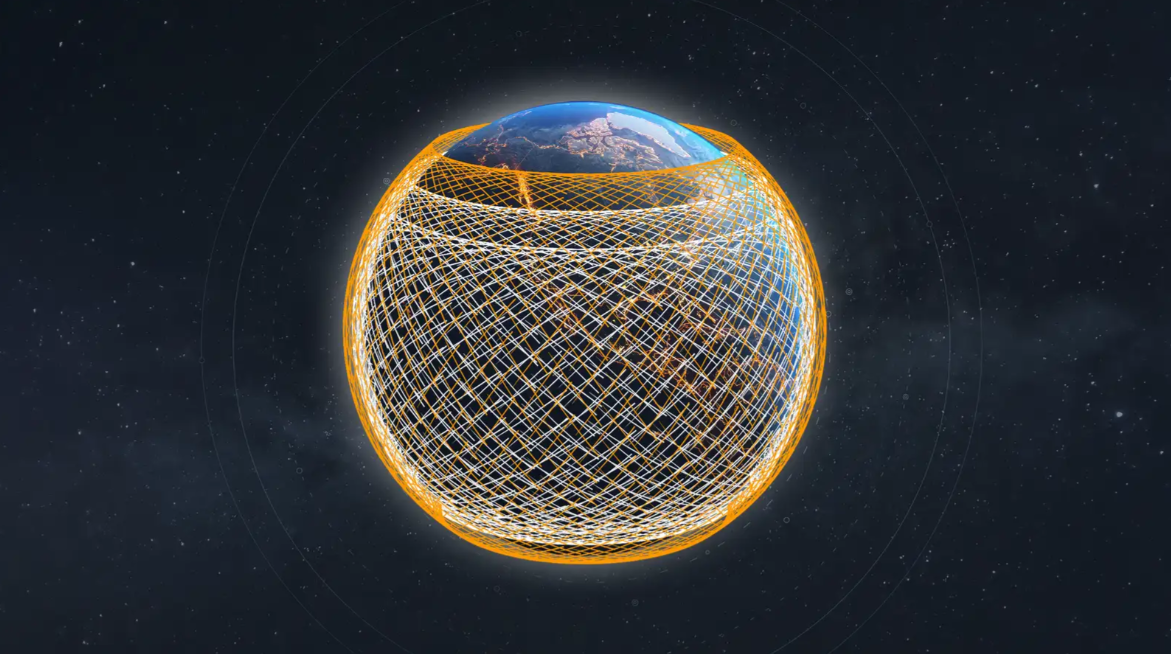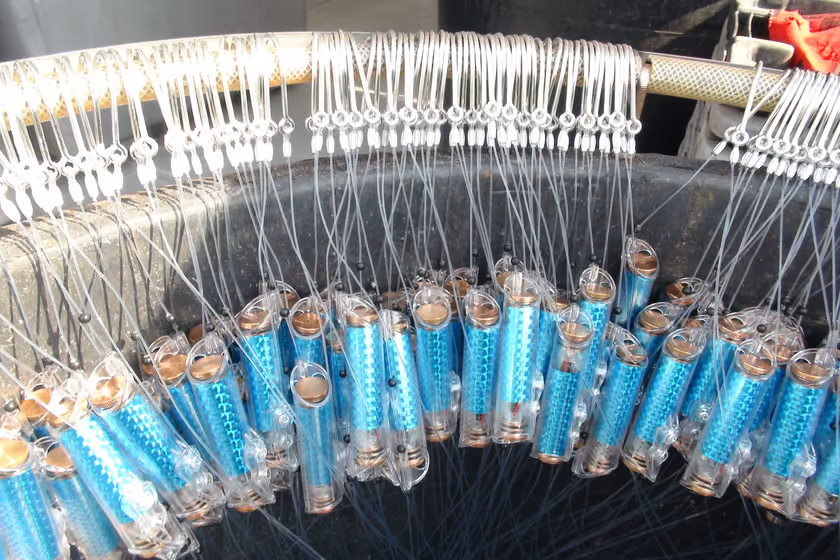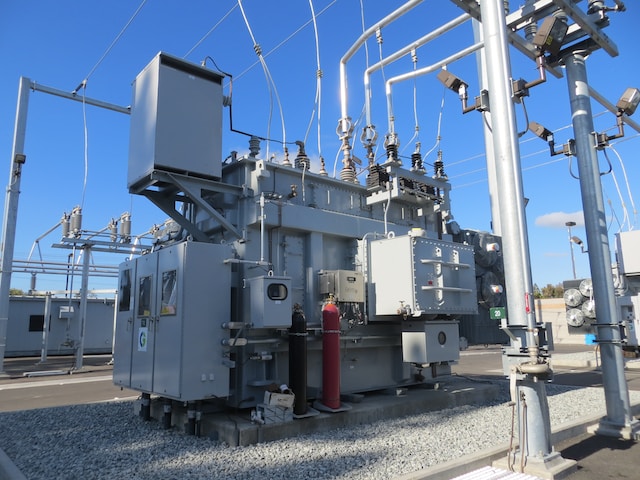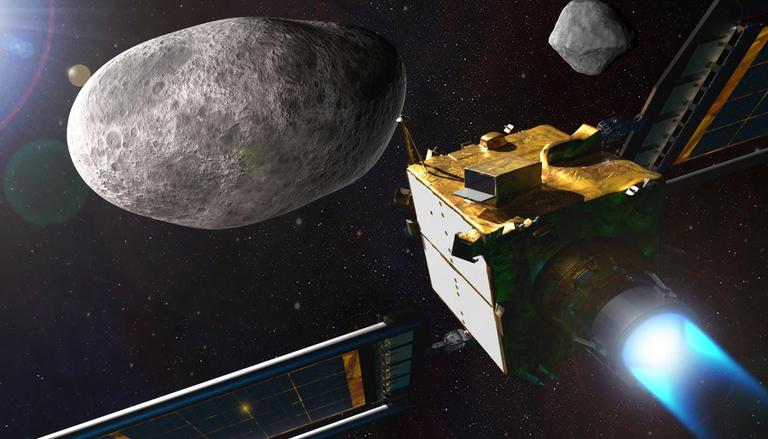Project Kuiper from Amazon successfully completed tests of the optical mesh network in low Earth orbit (LEO). This mesh will feature thousands of lasers, building up its optical inter-satellite links (OISLs).
The company announced that two of the prototype internet satellites (KuiperSat-1 and KuiperSat-2) with infrared lasers were able to transfer data at 100 gigabits per second (Gbps) and over a distance of almost 1,000 km (621 mi). The full-scale deployment of Project Kuiper is expected in the first half of 2024.
Rajeev Badyal, Project Kuiper’s vice president of technology, said in a news release, “With optical inter-satellite links across our satellite constellation, Project Kuiper will effectively operate as a mesh network in space,”, adding, “This system is designed fully in-house to optimize for speed, cost, and reliability, and the entire architecture has worked flawlessly from the very start. These immediate results are only possible because we approached our OISL architecture as one part of a fully integrated system design, and it’s a testament to this team’s willingness to invent on behalf of customers. We’re excited to be able to support these next-generation OISL capabilities on every Kuiper satellite from day one.”
The number of upcoming Project Kuiper satellites in the constellation will be 3,236, including interlinks, which will form such a high-speed mesh network. Hence, as SpaceX’s rival to its Starlink system, this network will be able to transfer data around the world.
Lasers are suitable for such purposes since they can focus the signals into a much tighter beam, therefore decreasing the power requirements and increasing security. Moreover, the risk of optical signal interference is also decreased, as well as improved coverage and higher speeds. However, a disadvantage is the cost in comparison to radio transceivers and the possibility of signal blockage because of clouds.







